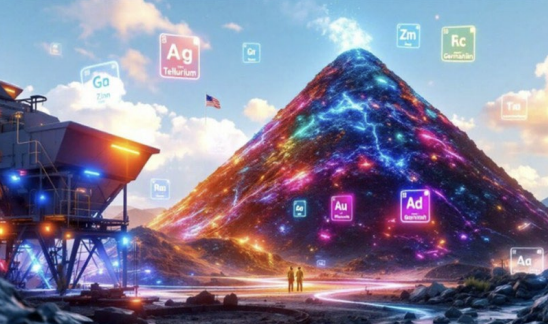In late July 2025, the U.S. Department of the Interior unveiled a national strategy to recover critical minerals from mine waste and legacy mining sites. This initiative aims to extract valuable elements—such as lithium, cobalt, rare earths, zinc, and tellurium—from coal ash, tailings, and abandoned mine lands across the country. As part of the effort, federal agencies have been instructed to accelerate permitting, reduce bureaucratic delays, and create financial incentives for companies pursuing mineral recovery from waste. This shift marks a new phase in U.S. mineral policy, seeking to unlock domestic supply without opening new greenfield mines.
Early geological assessments have identified several promising sites. In Oklahoma’s Tar Creek, for example, former lead–zinc operations have left behind waste materials rich in germanium and zinc. In Utah, tailings from the historic Bingham Canyon mine contain concentrations of tellurium—an essential input for solar panels and military electronics. Private firms, including major mining operators, are now piloting projects to extract copper and other metals from waste dumps using environmentally safer methods. These efforts promise dual benefits: strengthening critical mineral supply chains and remediating long-standing environmental hazards left behind by past mining.
Beyond economics and national security, this initiative also has implications for the social license to operate. Communities living near abandoned mines have often borne the brunt of environmental degradation. Turning these contaminated sites into sources of strategic value—while ensuring cleanup and job creation—offers a more inclusive model of development. It also allows mining to regain legitimacy by aligning with environmental responsibility and community benefit. In an era of increasing scrutiny over extraction practices, waste recovery provides a compelling path forward that meets both strategic and societal goals.

